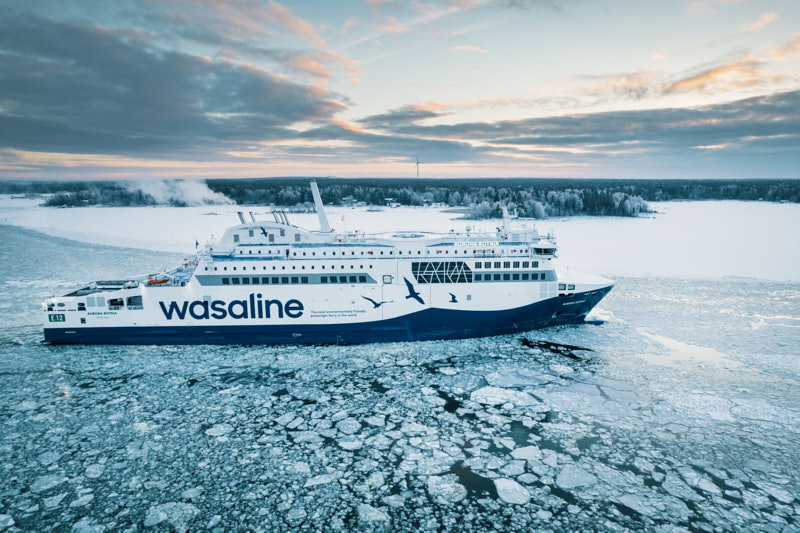
Financial summary (EUR)
Revenue 263.1m +85.8%
EBITDA 47.3m +272.4%
Operating profit 17.4m (was -10.3m)
Profit before tax 15.4m (was -12.2m)
Volume movements (,000)
Cars 214.2 +618.8%
RoRo freight 330.2 +160.6%
Containers shipped (teu) 169.3 +4.2%
Port lifts 164.9 +0.4%
The performance of the ferries operations in HY 2022 was significantly improved on HY 2021 as travel patterns gradually returned towards pre-pandemic levels after the disruption caused by Covid-19 across 2020 and 2021.
The impact of the Dover – Calais operations, which commenced on 29 June 2021, can also be seen in the result for the period as the service moved to a three vessel operation with the addition of the ISLE OF INISHEER.
Outlook
The trading performance for the year to date across all our business has been strong. Despite significant cost pressures in both divisions, we have managed to maintain and grow profitability. The Group’s cost base has been affected by higher global prices, in particular fuel prices and charter rates. The Group so far has been successful on passing these costs through to customers. It is essential that the Group continues to do so.
The Ferries Division has enjoyed the benefit of a return to more normal travel patterns although Irish Ferries are yet to reach pre-pandemic levels.
Cars volumes increased on the legacy routes by 190.8% versus the same period in the prior year.
Trading in the key summer months of July and August was ahead of expectations.
RoRo freight business, despite the disruption of Brexit has continued to grow. RoRo volume growth on the legacy routes has increased by 12.9% year to date. This has been primarily driven by a return of freight traffic to the landbridge routes at the expense of the direct European routes.
Following the entry of the ISLE OF INISHEER to service on the Dover – Calais route in April 2022, Irish Ferries have been operating a full service with three vessels on the route. Performance on the route continues to match expectations.









